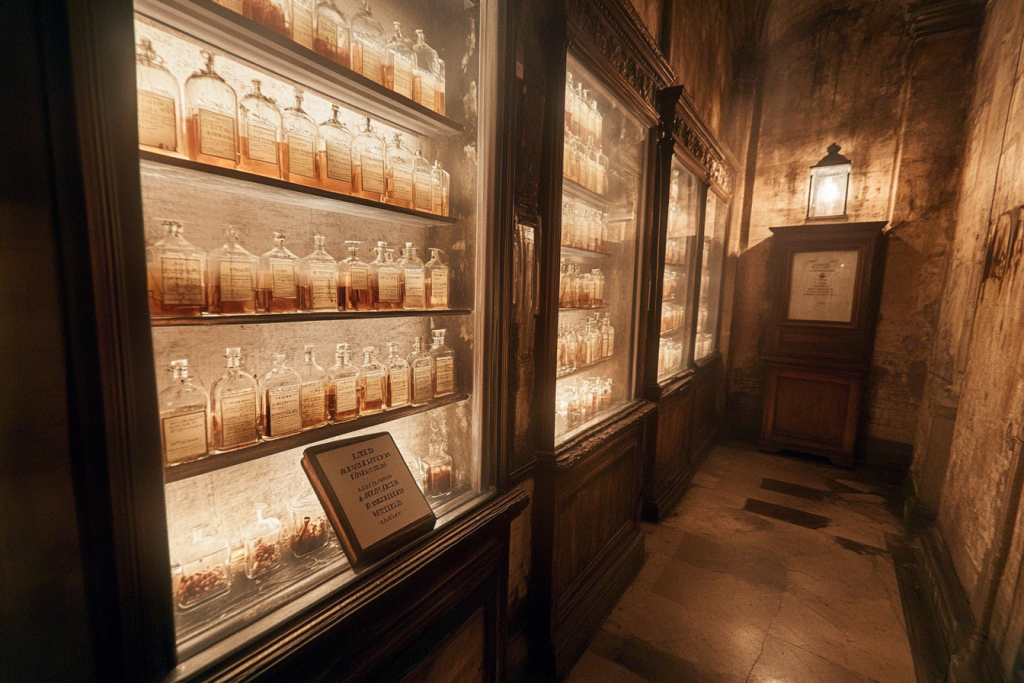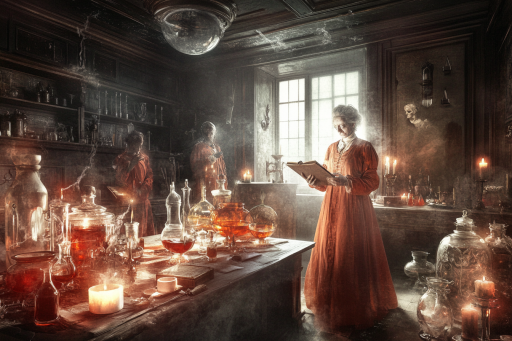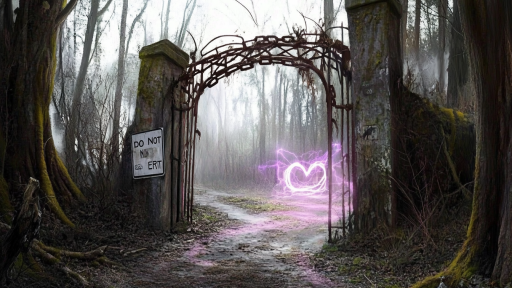
Throughout history, medicine has often been as strange as it has been effective. Some treatments that seem absolutely absurd today were once cutting-edge—and shockingly, they actually worked. From methods involving live creatures to techniques that defy logic, these bizarre practices have saved lives and healed the sick in ways science is only beginning to understand. You might be surprised to learn that some of these unusual treatments still have a place in modern medicine.
Bloodletting: The Ancient Cure-All

For centuries, doctors believed that draining a patient’s blood could balance the body’s “humors” and restore health. While it sounds like a recipe for disaster, bloodletting actually helped reduce iron overload, lower high blood pressure, and even treat certain infections. Today, a modern version known as therapeutic phlebotomy is still used to treat conditions like hemochromatosis. What was once medieval guesswork turned out to have real scientific backing.
Maggot Therapy: Flesh-Eating Healers

Letting maggots feast on infected wounds sounds like something from a horror movie, but it’s actually an effective treatment. These tiny larvae consume dead tissue while leaving healthy skin untouched, preventing dangerous infections and speeding up healing. Doctors today still use medical-grade maggots in cases of chronic wounds, proving that nature often knows best. Sometimes, the most unsettling solutions are the most successful.
Trepanation: Drilling into the Mind

The idea of drilling a hole into someone’s skull sounds barbaric, but ancient civilizations believed it could relieve headaches, seizures, and mental illness. Shockingly, many patients survived and even improved after the procedure. While modern medicine doesn’t promote skull-drilling for headaches, similar techniques are now used in neurosurgery to treat brain injuries and pressure buildup. It seems the ancients were onto something—just with less anesthesia.
Leech Therapy: Bloodsucking Medicine

Once dismissed as medieval quackery, leech therapy has made a surprising comeback in modern hospitals. Leeches secrete a natural anticoagulant that helps prevent blood clots, making them valuable in microsurgery and reattaching severed limbs. These tiny creatures also improve circulation and reduce swelling, proving that sometimes, the best medicine has a bite. It turns out that bloodsuckers can be life-savers.
Corpse Medicine: The Gruesome Health Tonic

In the Middle Ages, consuming human remains was believed to cure everything from epilepsy to headaches. Ground-up mummies, powdered skulls, and even human fat were sold as remedies in apothecaries. While the idea of drinking “mummy powder” is horrifying, some of the minerals in ancient remains may have had mild medicinal effects. Thankfully, modern medicine no longer requires grave-robbing for a cure.
Snake Venom Therapy: Poison as a Prescription

Injecting venom into the body seems like a fast track to disaster, yet snake venom has been used to treat chronic pain, high blood pressure, and even blood clots. The secret lies in the unique proteins found in venom, which scientists have harnessed to develop life-saving medications. Some of today’s most effective heart drugs are derived from viper venom, proving that what can kill you can also heal you.
Urine Therapy: Nature’s Own Medicine

Drinking urine or applying it to wounds sounds revolting, but for centuries, people swore by its healing powers. Ancient texts describe urine as a disinfectant and cure for everything from infections to skin conditions. While modern doctors don’t recommend gulping down a glass, urea—one of its key compounds—is still used in skincare and medical treatments. As strange as it seems, urine has left its mark on medicine.
Electroshock Therapy: The Brain Reboot

Few treatments are as controversial as electroconvulsive therapy (ECT), which delivers controlled electric shocks to the brain. Once used as a brutal punishment for mental illness, it’s now recognized as an effective treatment for severe depression and schizophrenia. Modern ECT is safer and more precise, offering relief when other treatments fail. It’s proof that even the most shocking practices can have a silver lining.
Cocaine as Medicine: A Dangerous Miracle Drug

Before it became infamous, cocaine was hailed as a miracle cure for pain, fatigue, and even depression. Sigmund Freud himself praised its effects, and early doctors used it as a local anesthetic for eye and throat surgeries. While its dangers eventually led to its ban, a derivative called lidocaine is still widely used in medicine today. It turns out that even the world’s most notorious drug has its medical merits.
Medicine or Madness? The Fine Line Between Genius and Folly

History is filled with medical practices that seem unthinkable today, yet many of them laid the foundation for modern breakthroughs. What was once dismissed as bizarre or barbaric sometimes turns out to be shockingly effective. As science evolves, who knows what strange treatments of today will be the life-saving miracles of the future? Perhaps the medicine of tomorrow will be just as weird as the past—if not weirder.





